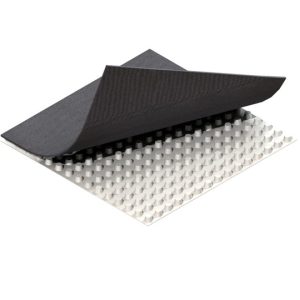Baby Diaper Raw Materials: Essential Components for Safe and Comfortable Diapers
。
# Baby Diaper Raw Materials: Essential Components for Safe and Comfortable Diapers
## Introduction to Baby Diaper Raw Materials
Baby diapers are a crucial part of infant care, providing comfort, hygiene, and convenience for both babies and parents. The effectiveness of a diaper largely depends on the quality of its raw materials. Understanding these components helps parents make informed choices when selecting the best diapers for their little ones.
## Key Components of Baby Diapers
### 1. Absorbent Core
The absorbent core is the heart of any diaper, responsible for locking away moisture and keeping the baby dry. This layer typically consists of:
– Superabsorbent polymers (SAP): These tiny granules can absorb many times their weight in liquid.
– Fluff pulp: A soft, fibrous material that helps distribute liquid evenly throughout the diaper.
### 2. Top Sheet (Inner Layer)
The top sheet is the layer that comes in direct contact with the baby’s skin. It needs to be:
– Soft and gentle
– Quick-drying
– Non-irritating
Most modern diapers use non-woven fabrics made from polypropylene for this layer.
### 3. Back Sheet (Outer Layer)
The back sheet serves as a waterproof barrier, preventing leaks while allowing the diaper to “breathe.” Common materials include:
– Polyethylene film
– Breathable microporous films
– Biodegradable options like PLA (polylactic acid) in eco-friendly diapers
### 4. Elastic Components
Elastic materials provide a snug fit around the legs and waist, preventing leaks while ensuring comfort. These typically include:
– Polyurethane or polyester-based elastic strands
– Stretchable non-woven materials
### 5. Adhesive Components
Various adhesives are used in diaper construction:
– Hot melt adhesives for bonding layers
– Fastening tapes (usually polypropylene with acrylic adhesives)
– Landing zones for secure closure
## Safety Considerations in Diaper Materials
When selecting diaper materials, manufacturers must prioritize:
– Hypoallergenic properties
– Absence of harmful chemicals (phthalates, latex, etc.)
– Dermatologist-tested components
– Compliance with international safety standards
## Eco-Friendly Alternatives
With growing environmental concerns, many manufacturers are exploring sustainable options:
Keyword: baby diaper raw materials
– Bamboo-based top sheets
– Plant-derived SAP
– Biodegradable back sheets
– Chlorine-free fluff pulp
## Conclusion
The quality of raw materials directly impacts a diaper’s performance, comfort, and safety. By understanding these essential components, parents can better evaluate diaper options and choose products that meet their baby’s needs while aligning with their values regarding comfort, safety, and environmental impact.


